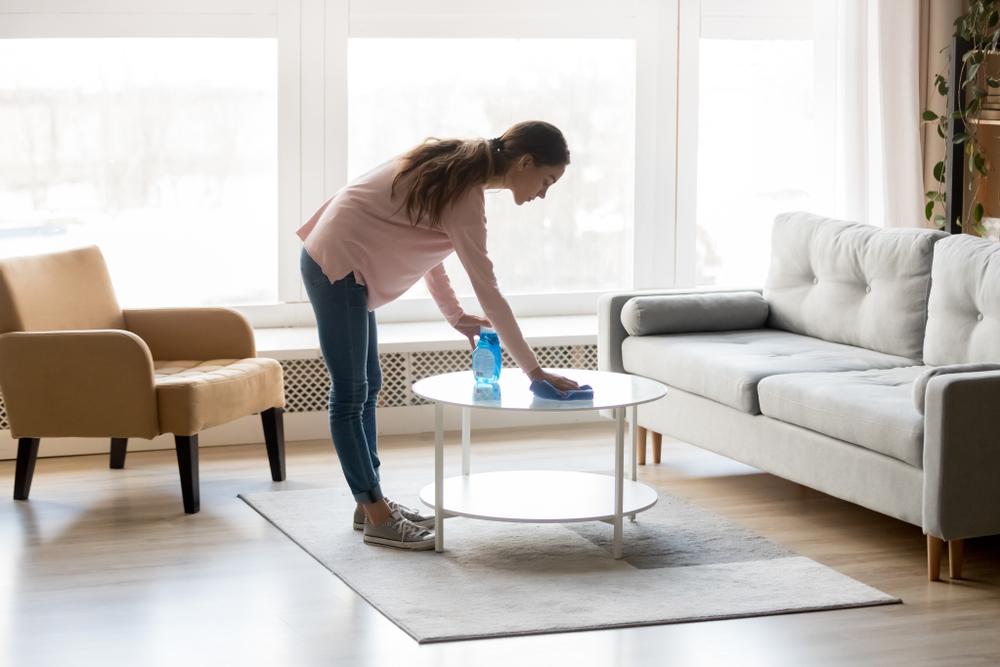You can place a coffee table over a spot in the rug or hang a painting over a dent in the wall, but there’s no way to hide dust. This is actually a very good thing, as dust is made up of dead skin cells, dust mites, pollen, animal dander, fungi, and bacteria—things we want to get out of the house before they transform into the dreaded dust bunnies found behind and underneath furniture.
Before you rush out and buy a new home, know that even a large family of dust bunnies doesn’t normally cause severe illness. Regular dusting, however, can go a long way toward preventing the coughing, eye irritation, and sneezing associated with mild allergies and illness; the key is to do it right and not just shift the dust around.





